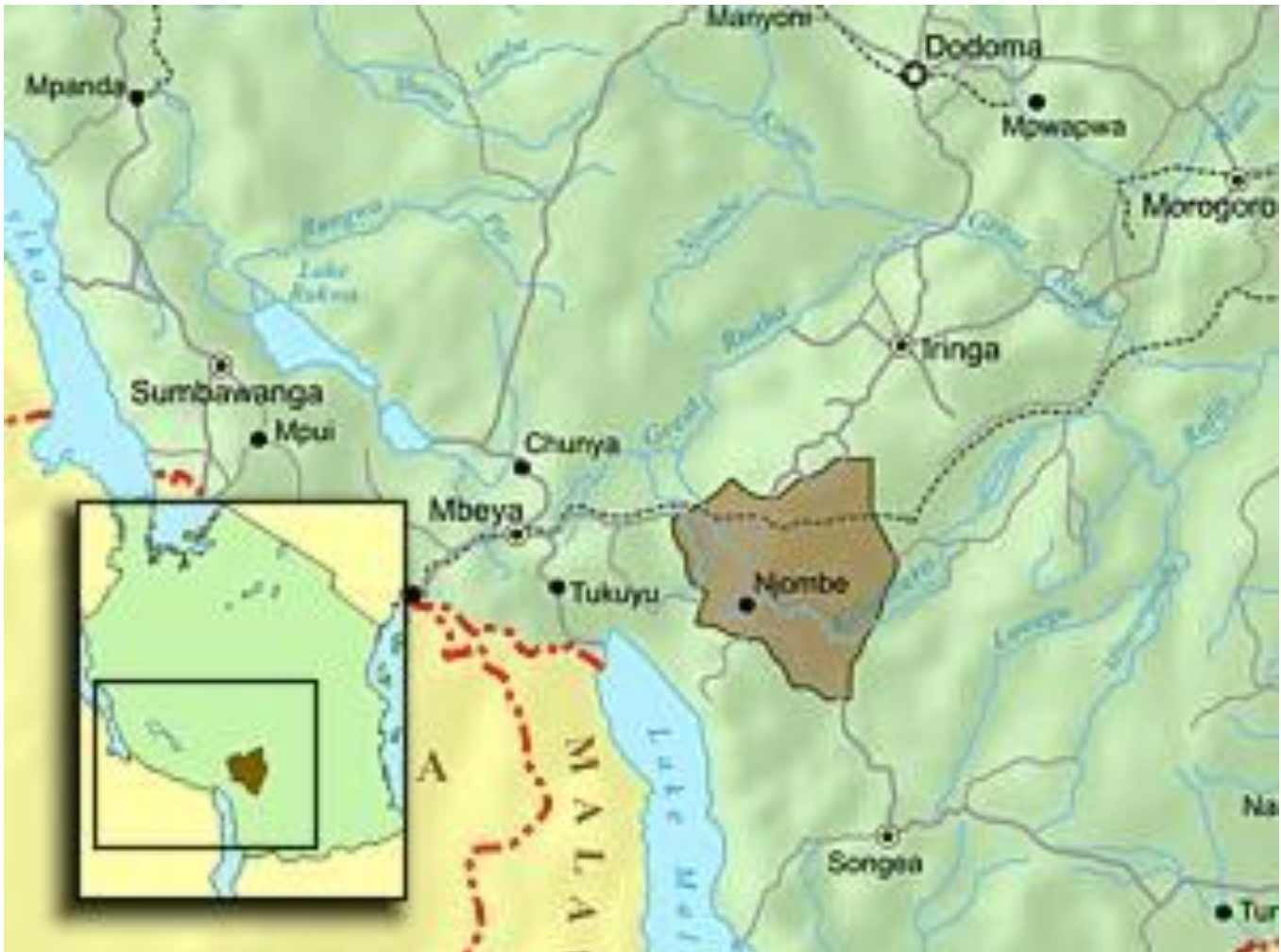
Population: 670,000
Location: Njombe District, Iringa Region
Altitude: 2000 metres (6500 feet)
Diet: Potatoes, wheat, rye, maize, other cold-resistant crops
Economic Status: Known for good schools, relative economic prosperity
Alternate names: Ekibena, Kibena
>> Browse our stories from the Bena project
The Bena are one of Tanzania’s largest people groups. They live high in the mountains in the southwestern part of Tanzania in Iringa Region. At an altitude of about 2000 metres, they cultivate potatoes, wheat, rye, maize and other cold weather resistant crops.
The Bena love their language and have a strong desire to see it written. A few years ago they formed a language board and tried to collect words for a new dictionary. For various unfortunate reasons, they did not succeed in their efforts. When they heard about Wycliffe personnel’s linguistic work in Mbeya, they immediately requested to join the cluster project. That they send their people long distances participate in the workshops is indicative of how strongly they want to develop their language.
Geography and Climate: The Bena live high in the mountains.
Language Group Information: The language assessment team did a rapid appraisal survey to investigate the intelligibility of Bena and Pangwa languages in 2002: There are a number of Bena dialects such as Lupembe, Nyikolwe, Mdandu, and Makambako. There are also the Bena Manga, who are a mix of Bena and Kinga. Historically the heartland of Bena is between Mdandu and Njombe.
Religion: Christian and Traditional Religion
The Bena Church: The churches in the area are very interested to get Bena Scriptures and the larger denominations are all members of the Bena language board. They contribute significantly to the project by assisting the teams at a local level. The churches want the Bible in the most prestigious and widely spoken dialect in order to strengthen the church and help with evangelism.
History: Over one hundred years ago, German missionaries came into the Njombe area and evangelized the region. As a result, there is a strong Lutheran Church there. Bena people are very proud of their language and culture and are passionate about getting it written down. They even independently began their own dictionary project several years ago. However, when the Bena found out that Wycliffe personnel were beginning a Language Cluster project and would hold linguistic and translation training seminars, they eagerly joined in.
A New Testament exists in Bena (printed in 1920), which is still occasionally used where available by people who understand it. It was produced in one of the seven dialects of Bena, which is not understood by the majority of the Bena people. Since it uses old language and orthography, the translation needs serious revisions or to be redone in Bena’s current form.
